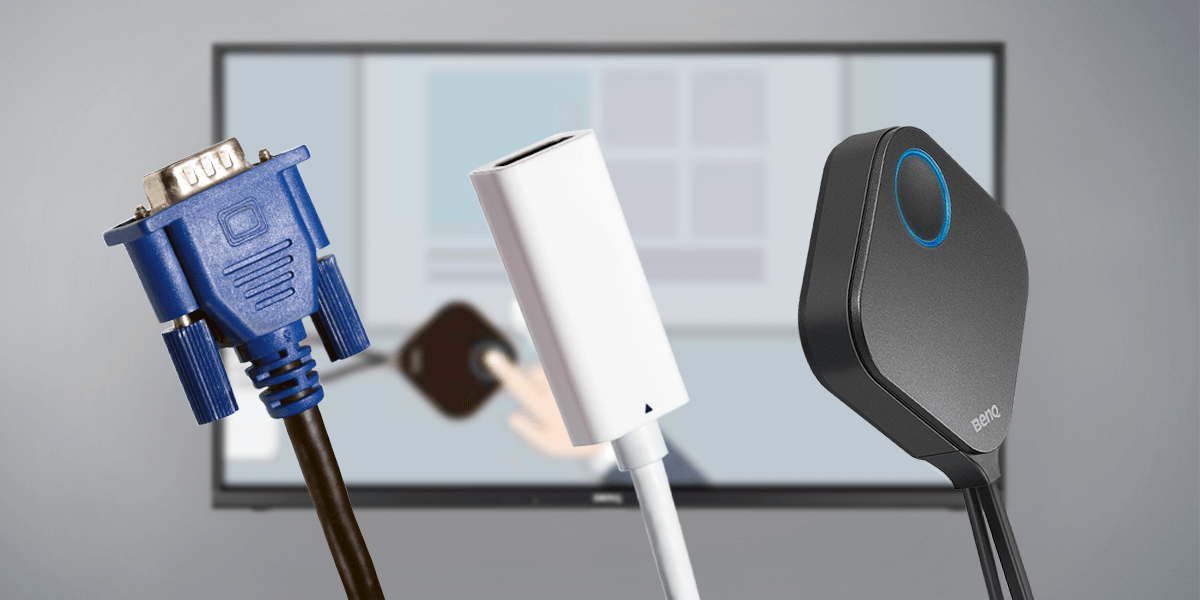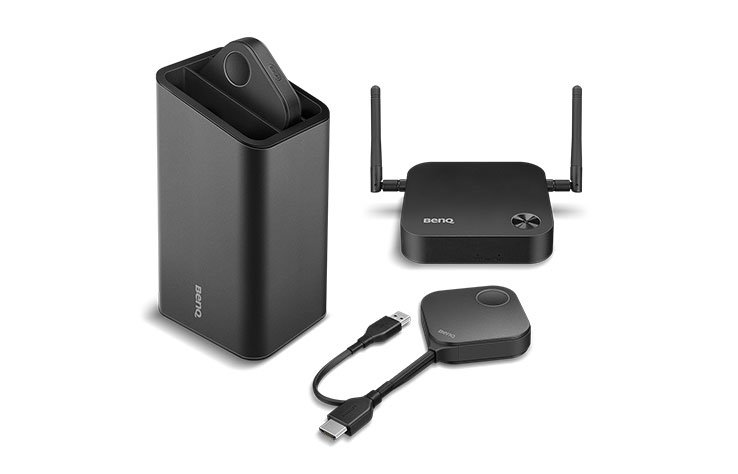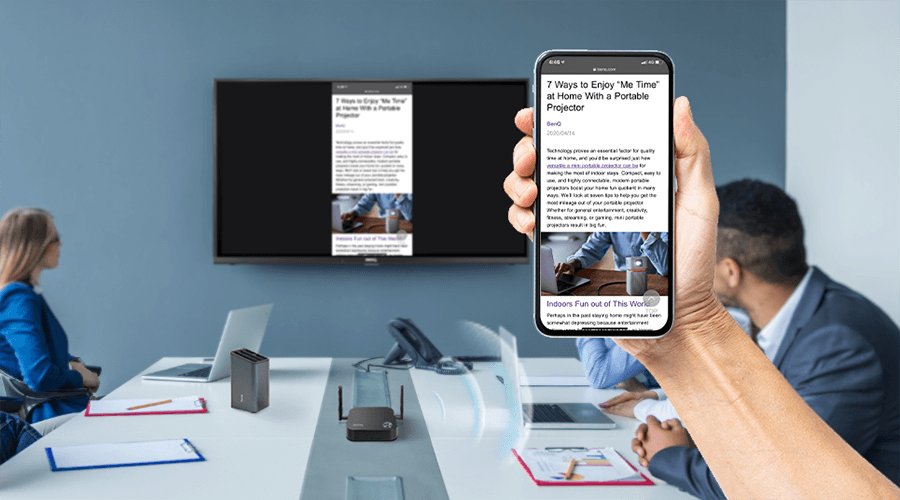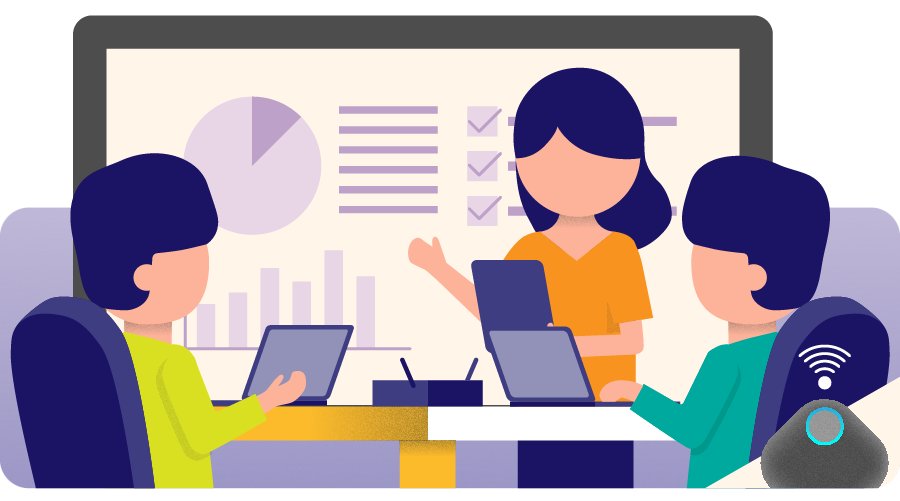While there are dozens of different wireless products available today, only a handful of them has been adopted into commercial applications such as schools and corporate meeting rooms. For example, the inexpensive Google Chromecast is in millions of homes but has significant shortcomings when use in a classroom or collaboration space. A better solution for these spaces may be a wireless presentation system.
While these systems are typically more expensive than a Chromecast stick, they are designed for classroom and meeting room use. For example, the BenQ InstaShow solutions can be easily installed on top of a ceiling-mounted HDMI ready projector in minutes – and then a teacher or presenter connects in seconds using a button to present. These buttons can be used with any notebook, Chromebook, media player, or even digital camera, to wirelessly send 1080p video and audio content to your projector. It’s a simple way to update a classroom – without the cost of paying a contractor to lay cable into the wall.
For medium-sized and larger collaboration spaces, the InstaShow S WDC20 has additional features such as the ability to wirelessly connect to a phone (something impossible with VGA), and the ability to display four different presenter screens at the same time on a single display – at 4K resolution.
For about the same price a contractor would charge you to replace VGA cables with HDMI, you may be able to transition to wireless presentation system– and dramatically improve your learning or collaboration space capabilities.





